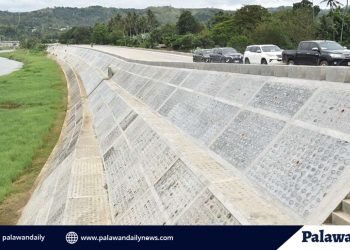Air pollution is a major public health issue. Inhaling polluted air can result to respiratory and heart diseases or even cancer. With the rapid growth of urbanization, it has become crucial for urban planners to prioritize air quality as a crucial component of sustainable city development. This is how urban planning helps the environment?
Urban areas are major contributors to air pollution. Pollution is caused by both natural and human-made sources. But the most significant sources of air pollution are vehicles. About half of the air pollution comes from mobile sources such as cars, trucks, jeepneys and buses, the Air Quality Management Section of the Department of Environment and Natural Resources-Environmental Management Bureau (DENR-EMB) said.
Last year, I visited Ormoc, a city in Eastern Visayas that restrict motorized vehicles within their parks and plazas, which I could say, one way of reducing pollution. Not far from Ormoc is Baybay City, and their streets are dominated by pedal-driven tricycles or pedicab they call “pot-pot”.
One of the biggest contributors in maintaining cleaner air in our cities is the promotion of public transportation. Reliable and efficient public transportation encourages people to commute rather than use their own vehicles, however unreliable and congested public transport often result to an increase in private vehicle ownership.
In our country, at least four cities are joining the “Cities Race to Zero”, a global campaign encouraging local governments to undertake green initiatives for a zero-carbon recovery. These are Baguio, Quezon City in the national capital, Dipolog in Mindanao, and Vigan in Ilocos Sur.






















